Description
Discover elisa 300's features.
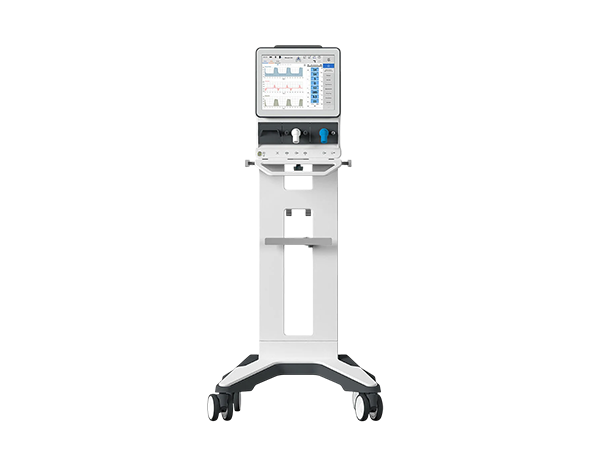
Volumetric capnometry
In the era of lung-protective forms of ventilation, ventilation efficiency can be optimized through targeted measurements of the dead space to tidal volume ratio. Capnography, as a graphical representation of expiratory CO2 concentration, is an essential component of bedside monitoring of ventilated patients. Capnography represents CO2 kinetics non-invasively and in real time. As part of the daily routine, it can be used to identify the correct intubation and adjust the minute volume of air to be delivered. However, capnography, particularly in its volumetric form, which is not yet widely used in hospitals, can provide much more extensive and clinically valuable additional information. These include the monitoring and optimization of ventilation, and the assessment of gas exchange. This provides the care team with clinical parameters for bedside decision-making which, until now, could only be obtained by more complex, invasive and non-automated procedures.
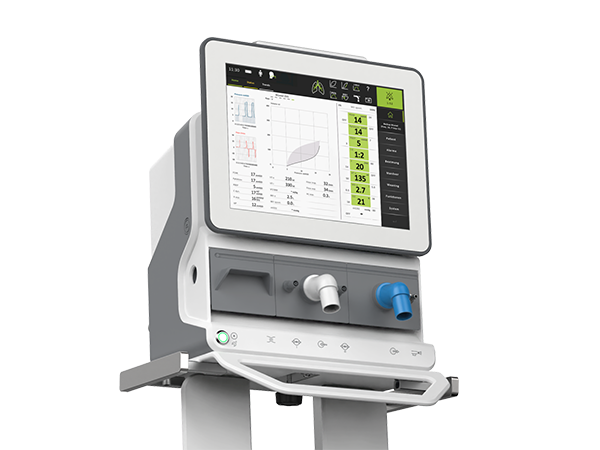
LEOCLAC
Automatic regulation of inspiratory oxygen concentration on the basis of pulse oximetry enables oxygen to be applied in accordance with guidelines. High O2 concentrations can lead to unexpected events. The spectrum ranges from inflammatory airway reactions, resorptive atelectasis and seizures to increased in-hospital mortality. Under high-flow oxygen therapy and ventilation, oxygen saturation must be closely monitored, and inspiratory oxygen concentration constantly adjusted to the individual therapeutic range. LEOCLAC uses integrated pulse oximetry to continuously adapt inspiratory oxygen concentration to the defined therapeutic range. Combinable with invasive or non-invasive ventilation and high-flow therapy, LEOCLAC continuously assesses pulse wave quality and detects any artifacts. Different sizes and models of SpO2 sensors are available for LEOCLAC. Heart rate, oxygen saturation and plethysmography curve can be monitored independently by LEOCLAC. An intelligent graph makes it easy to evaluate FiO2 regulation.
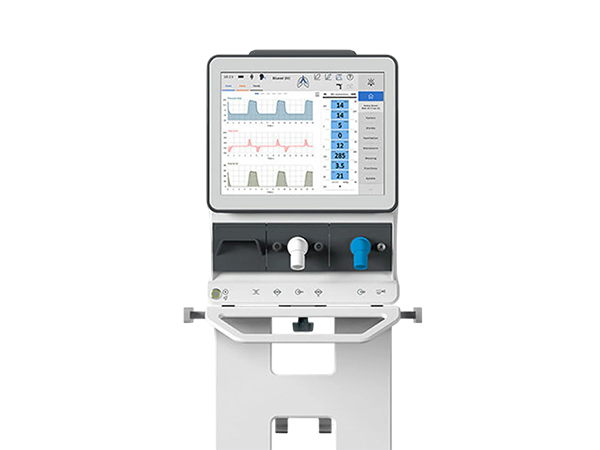
PEEPfinder
Ventilation-synchronous collapse and reopening of lung zones in ARDS patients has been shown to significantly damage the patient's lung tissue. In particular, alveolar cycling is an independent risk factor for increased mortality. The PEEPfinder can be used to optimize ventilator settings, thereby supporting lung-protective ventilation. The maneuver is performed in a safe window and can be combined with a preoxygenation function. The extended, quasi-static P/V Tool assists the user in stress assessment. Intelligent algorithms and comprehensive safety functions make it easy to determine the elastic properties of the lung. Extensive evaluation options are available for this purpose. Graphical evaluation support for inflection point detection, stress index collection and up to ten reference loop recording options simplify ventilation implementation.
Product Features
High-flow oxygen therapy
Measurement of FiO₂ and SpO₂
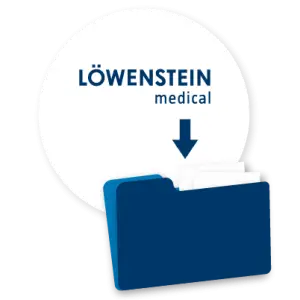


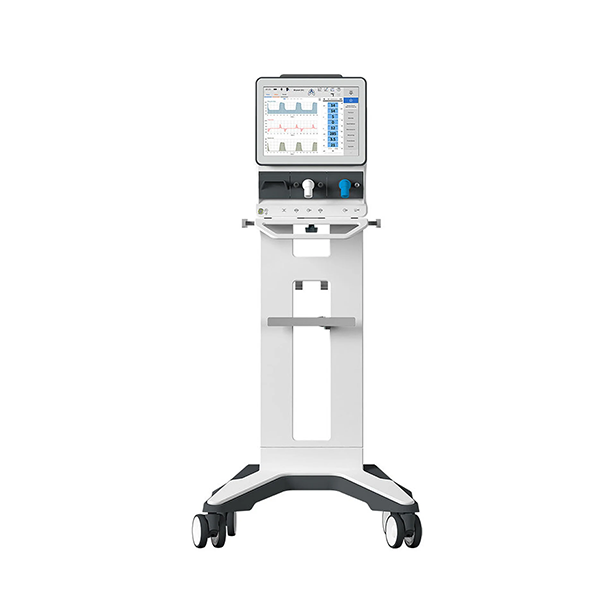




Reviews
There are no reviews yet.